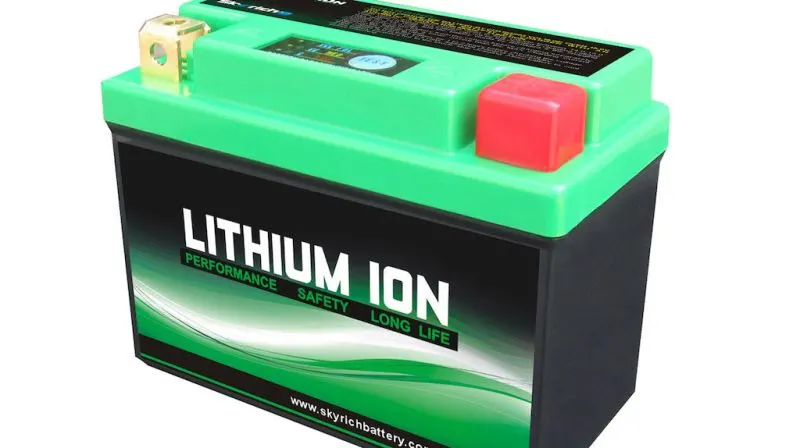How to increase shelf life of lithium ion battery?
Lithium-ion batteries power a vast array of devices, from our smartphones to electric vehicles. However, many users may be unaware of how to properly store and manage these batteries to extend their shelf life.
What is Shelf Life?
Shelf life refers to the length of time a battery can be stored before its performance is significantly affected. For lithium-ion batteries, a variety of factors can influence this timeframe, including temperature, humidity, and charge level at the time of storage.
The shelf life of lithium-ion batteries, storage conditions are crucial. Here are some key factors to consider:
Temperature:
Lithium-ion batteries should be stored in a cool, dry environment. The recommended temperature range is between 20°C and 25°C (68°F to 77°F). Exposure to high temperatures can speed up chemical reactions inside the battery, causing it to degrade and lose capacity over time.
Humidity:
High humidity levels can negatively impact battery performance. It’s best to avoid storing batteries in damp or moist conditions, as moisture can lead to internal corrosion. A relative humidity of 40% to 60% is generally considered safe.
Charge Level:
When storing lithium-ion batteries, the charge level matters. The ideal storage level is around 40–60%. Keeping them fully charged or completely drained for extended periods can reduce their overall lifespan and performance.
Tips for Maintaining Lithium-Ion Batteries
To further enhance the longevity of your lithium-ion batteries, consider these practical tips:
Avoid Extreme Temperatures: Always avoid exposing your batteries to extreme hot or cold conditions. During the summer months, don’t leave devices in a hot car.
Use the Right Charger: Always use the manufacturer’s recommended charger. Low-quality chargers may deliver inconsistent current that can further damage the battery.
Don’t Overcharge: While most modern devices have mechanisms to prevent overcharging, it’s still good practice to unplug your device once it reaches full charge.
Store Safely: For long-term storage, place your batteries in a padded, sturdy case to prevent physical damage and short circuits.
Conclusion:
Understanding the shelf life and proper care of lithium-ion batteries can greatly improve their performance and lifespan. By following ideal storage conditions, monitoring charge levels, and applying simple maintenance tips, users can ensure long-term reliability—whether for phones, laptops, or electric vehicles.
In today’s tech-driven world, taking care of your battery is key to protecting your devices and getting the best out of them.

